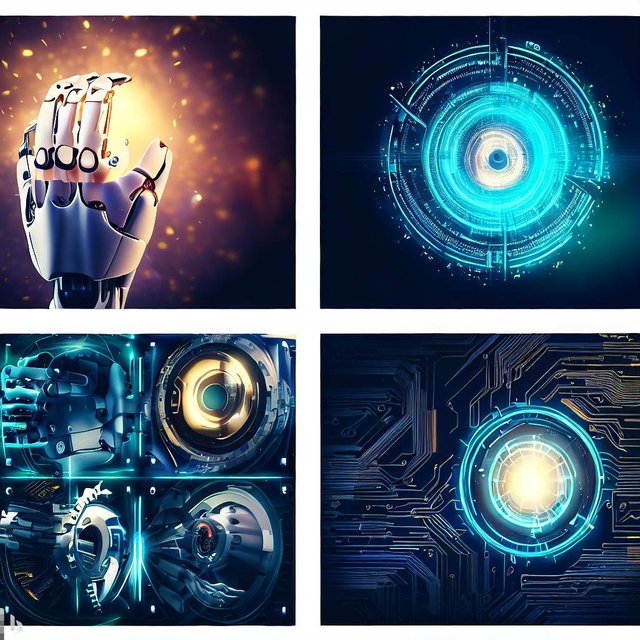
Artificial intelligence (AI) has managed to create amazing texts in recent years. By simply entering a few words or an image, some AI systems, such as GPT-3 or DALL-E, can generate everything from news to poems, essays, short stories or scripts.
This poses a challenge for readers, who will find it increasingly difficult to know if the article they are reading is from a human or from an AI. Is there a way to identify the real or fictional author? What guarantees are there that the information is reliable and objective? What about copyright and intellectual property?
The need to label and certify contents
Some experts believe that labeling and certification mechanisms should be established to differentiate between AI-generated and human-created content. Thus, readers could know where the information comes from and what criteria have been followed to produce it.
In addition, possible abuse or fraud could be avoided, such as plagiarism, manipulation or misinformation. According to a study by the University of Oxford, 49% of internet users in the world have encountered false or misleading news online in 2020.
The importance of detecting and analyzing texts
Another option is to develop detection and analysis tools that make it possible to assess the quality and veracity of texts generated by AI. These tools could be based on algorithms, artificial intelligence or human verification, and would serve to check the text for errors, contradictions or biases.
You could also contrast the sources, data and opinions presented in the text, and compare them with other available information. In this way, a broader and more critical vision of the subject could be obtained.
The key: educate and educate readers
However, none of these solutions is enough if it is not accompanied by greater education and awareness of readers. Internet users need to be critical and responsible when consuming information, and know how to distinguish between facts and opinions, between information and entertainment, between quality and quantity.
For this, it is necessary to promote critical thinking, media and digital literacy, and respect for diversity and democracy. This is the only way to take advantage of the potential of artificial intelligence to generate information without renouncing human values.
Conclusion
Artificial intelligence has revolutionized the world of writing and has brought new challenges for readers. Soon you won't be able to tell if the article you are reading is from a human or an AI. Are you prepared for this scenario? What measures do you think should be taken to ensure ethical and responsible use of AI in journalism?